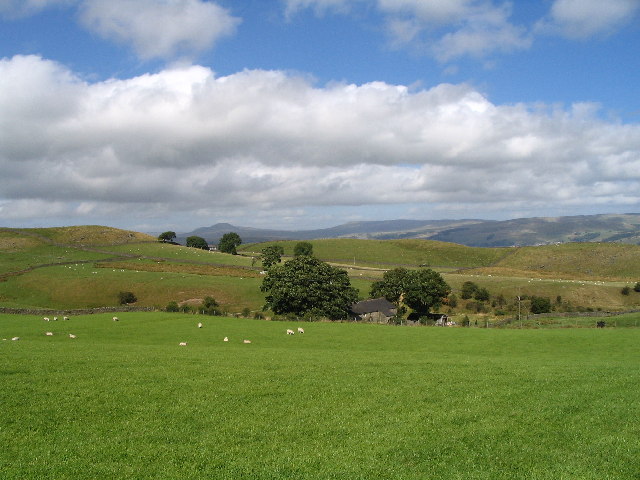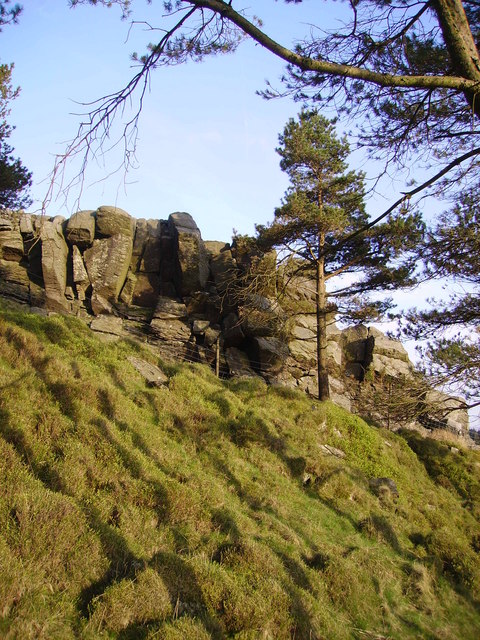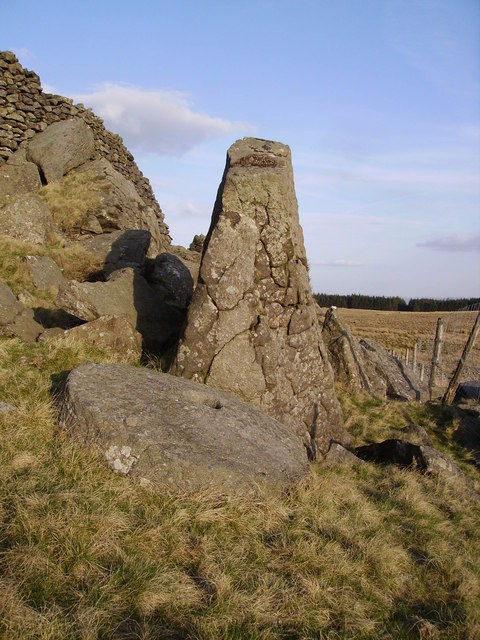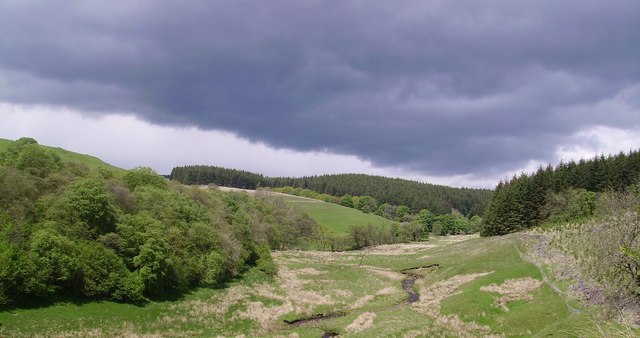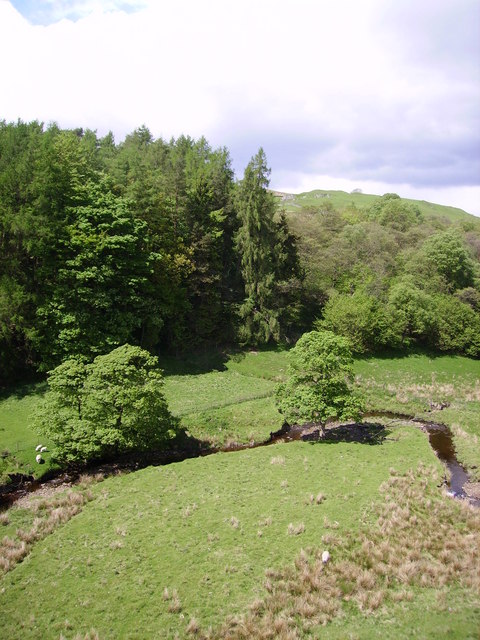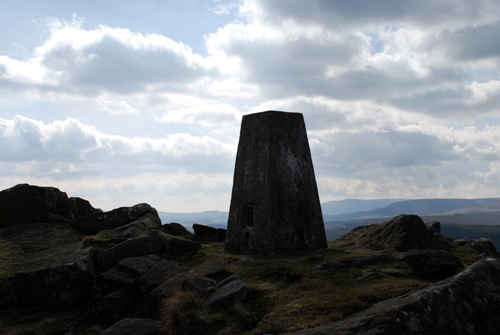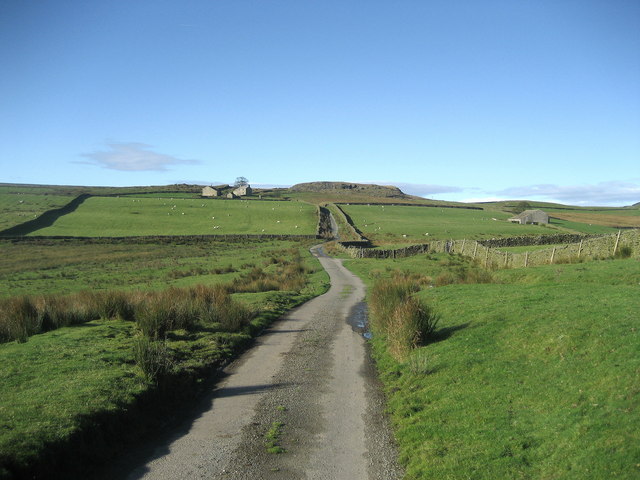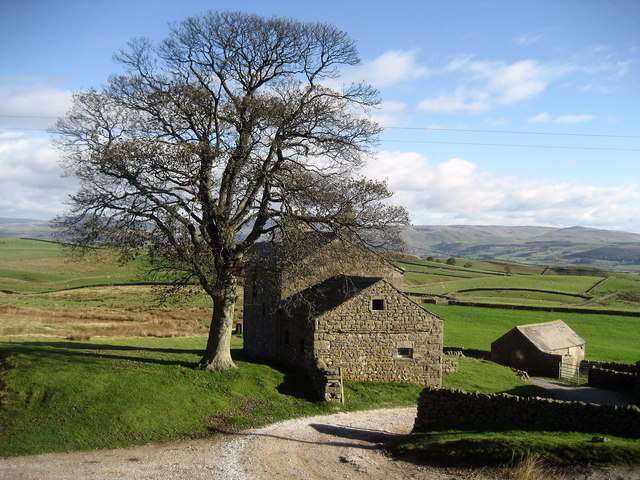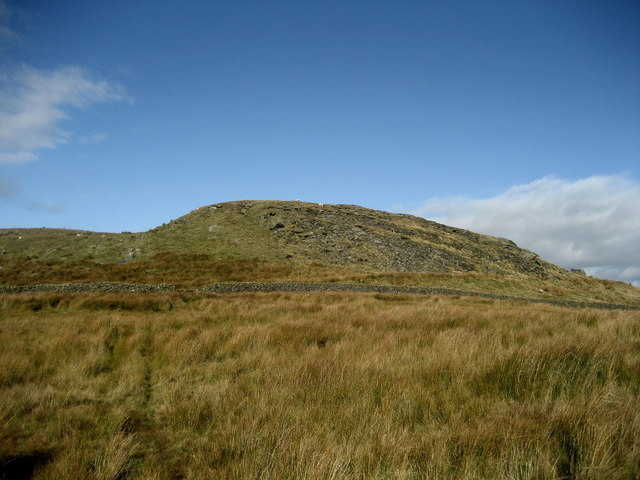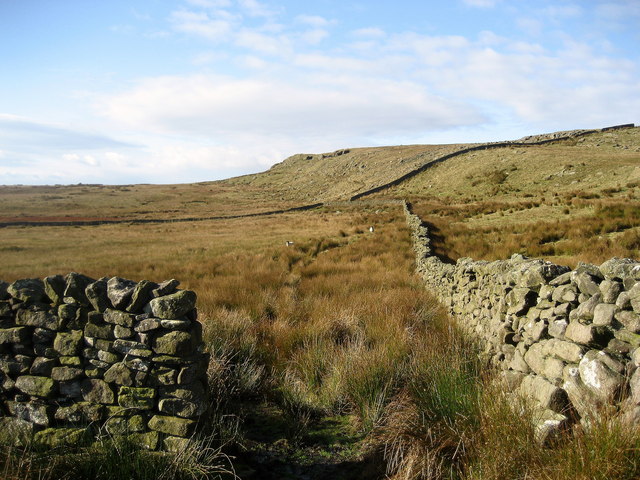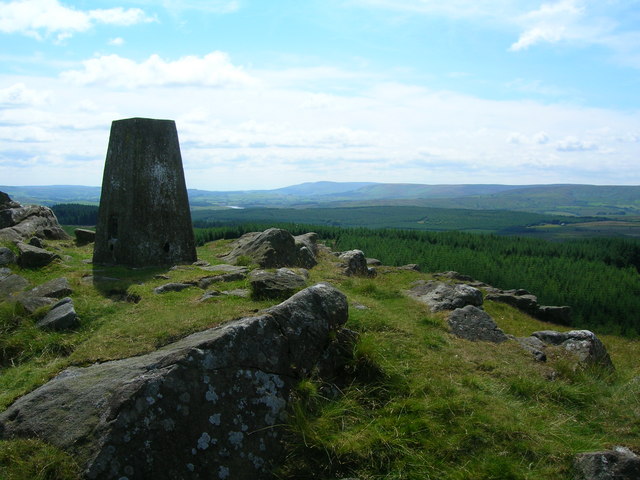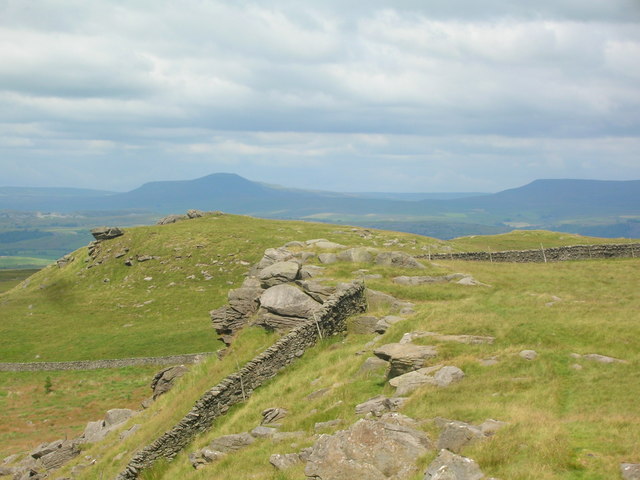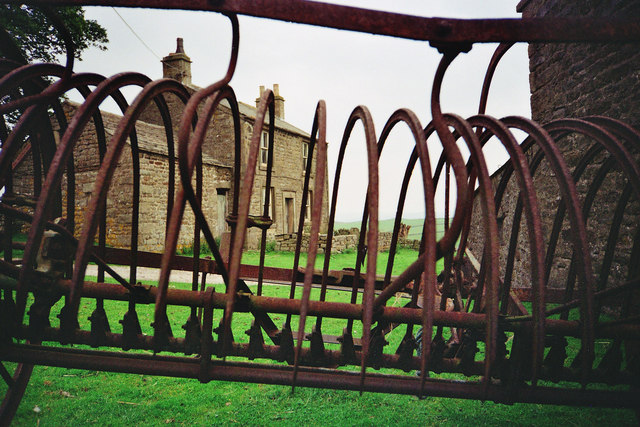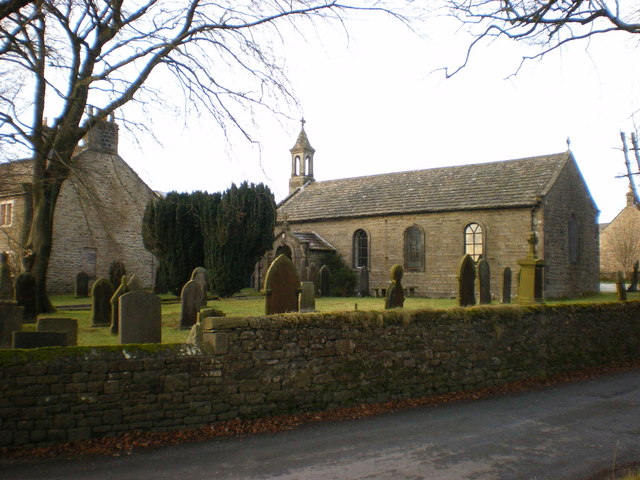Brown Hills
Hill, Mountain in Yorkshire Ribble Valley
England
Brown Hills
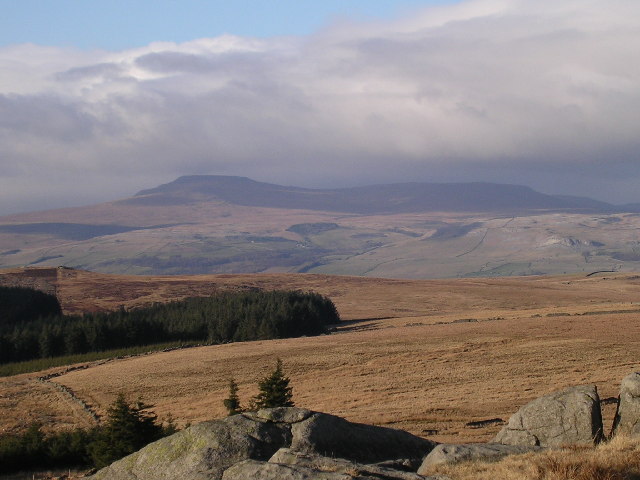
Brown Hills is a prominent hill located in the county of Yorkshire, England. It is part of the larger range of hills known as the Pennines, which stretch across the northern parts of England. Rising to an elevation of approximately 500 meters (1,640 feet), Brown Hills offers panoramic views of the surrounding landscape.
The hill is characterized by its distinctive brownish hue, which is a result of the presence of iron oxide in the soil. This unique feature adds to the aesthetic appeal of the area and makes it easily recognizable. Brown Hills is primarily covered in grass and heather, creating a picturesque landscape that changes color with the seasons.
The hill is a popular destination for outdoor enthusiasts and nature lovers. It provides ample opportunities for activities such as hiking, walking, and mountain biking. Several well-marked trails traverse the hill, offering varying levels of difficulty for visitors of all ages and fitness levels.
In addition to its natural beauty, Brown Hills also boasts a rich history. The surrounding area contains numerous archaeological sites, including ancient burial mounds and remnants of settlements dating back to the Bronze Age. These historical landmarks add a sense of intrigue and fascination to the hill, attracting both history buffs and curious explorers.
Overall, Brown Hills in Yorkshire offers a combination of stunning natural scenery, recreational activities, and historical significance. It is a must-visit destination for those seeking to immerse themselves in the beauty and heritage of the Yorkshire countryside.
If you have any feedback on the listing, please let us know in the comments section below.
Brown Hills Images
Images are sourced within 2km of 54.038832/-2.3715001 or Grid Reference SD7560. Thanks to Geograph Open Source API. All images are credited.
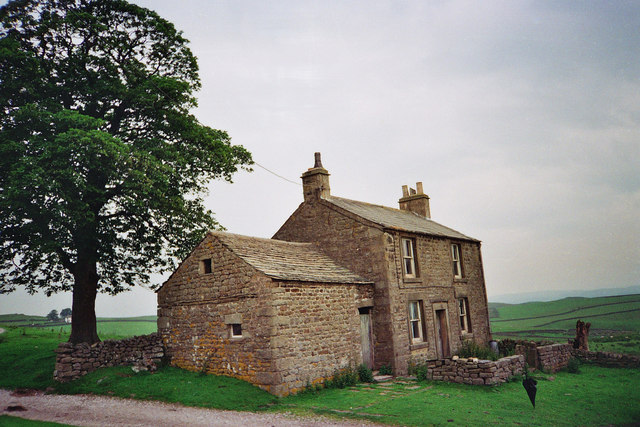
Brown Hills is located at Grid Ref: SD7560 (Lat: 54.038832, Lng: -2.3715001)
Division: West Riding
Administrative County: Lancashire
District: Ribble Valley
Police Authority: Lancashire
What 3 Words
///comedians.gent.swinging. Near Settle, North Yorkshire
Nearby Locations
Related Wikis
Tosside
Tosside is a small village on the modern border of North Yorkshire and Lancashire in Northern England. It lies within the Forest of Bowland, and is between...
Rathmell
Rathmell is a village and civil parish in the Craven district of North Yorkshire, England. The population of the civil parish in the 2011 census was 305...
Easington, Lancashire
Easington () is a civil parish within the Ribble Valley district of Lancashire, England, with a population in 2001 of 52. The Census 2011 population details...
Eldroth
Eldroth is a village in North Yorkshire, England. It is in the civil parish of Lawkland, part of the former Craven District, some 3.25 miles (5.23 km)...
Nearby Amenities
Located within 500m of 54.038832,-2.3715001Have you been to Brown Hills?
Leave your review of Brown Hills below (or comments, questions and feedback).
